
If you’re thinking about applying for a home care package, the process can feel daunting at first.
There are forms to complete, unfamiliar terms to navigate, and long wait times that can make the journey confusing.
The positive news is that once you know the steps, it’s a clear and structured process.
At Age Up Health, we’ve helped many older Australians and their families understand and access support. This guide outlines exactly what you
need to do — from registration to assessment — so you can feel confident about what comes next.

Support needs don’t stay the same—and your home care package shouldn’t either. As health changes, tasks become more difficult, or
circumstances shift, it’s important to make sure your care still fits your life.
Whether you’re receiving services or still on the waitlist, reassessment is how you unlock the right level of support at the right time.
Here are 10 common signs it may be time to review your care, plus how to apply for more support when you need it.

Worried you might not be able to afford your Support at Home contributions? The government has confirmed that Financial Hardship
Assistance will be available. Here's what you need to know.

Thinking of changing Home Care providers? Here are 10 things that everyone wishes they knew at the start of their journey.
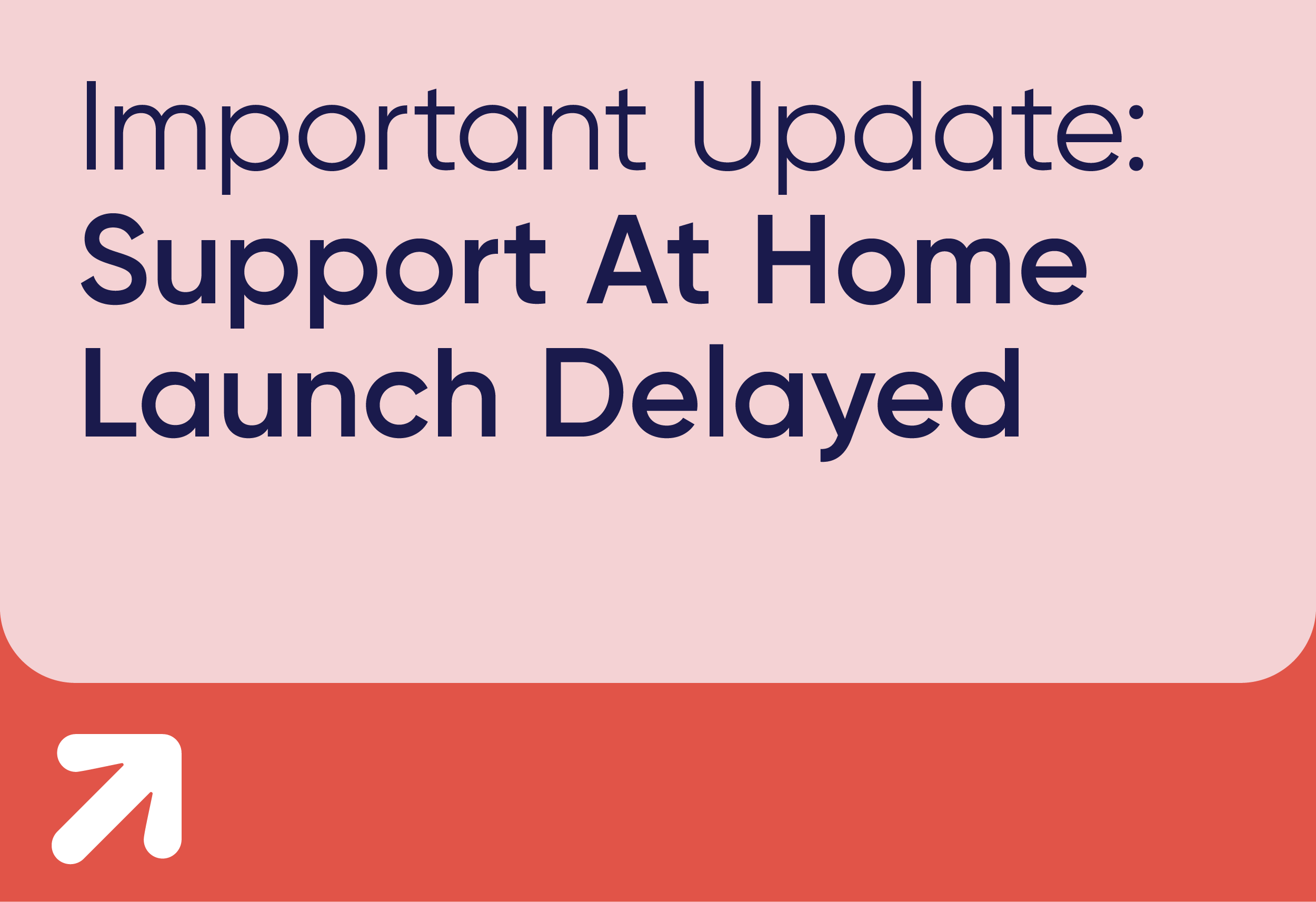
Support At Home was set to launch on 1 July, but there have been delays. Keep up to date with the latest news as new information comes to light.
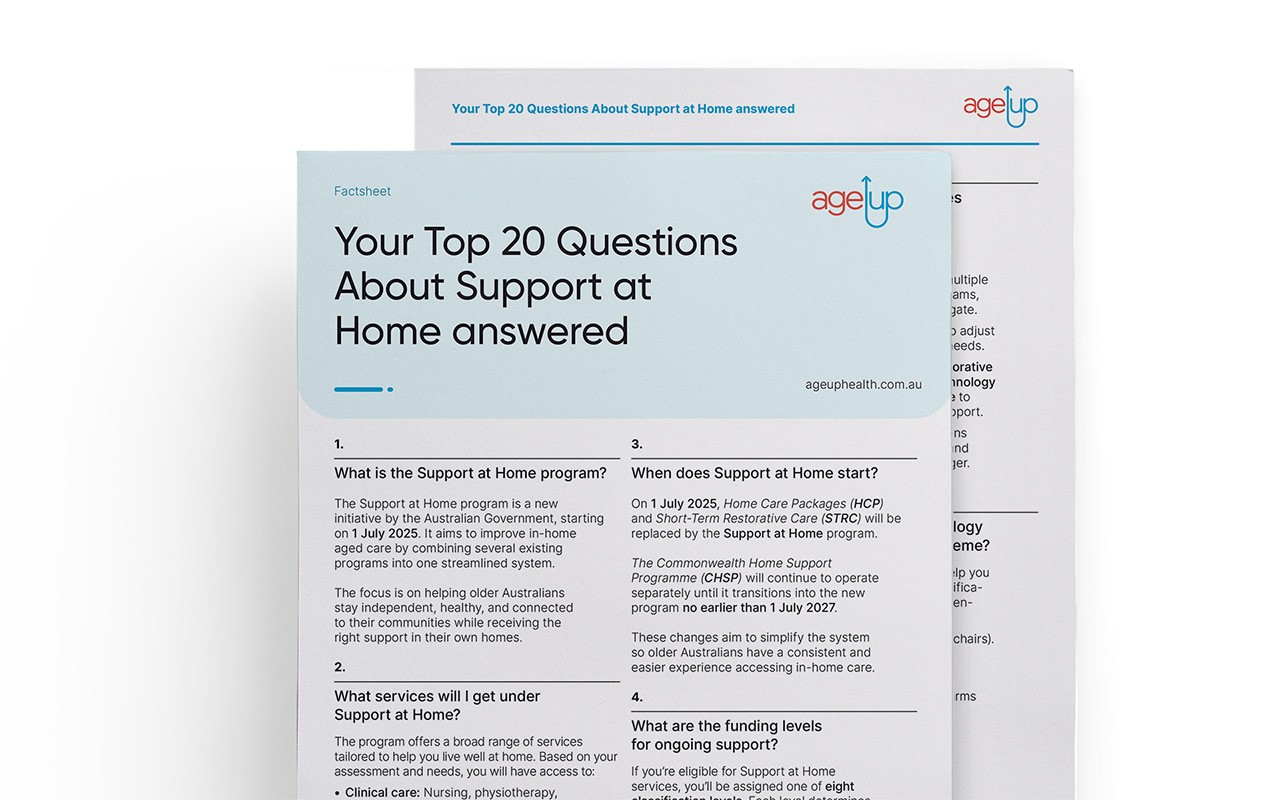
To help make it easier we’ve pulled together your factsheet on Your Top 20 Questions About Support At Home in An easy-to-understand
factsheet.
It includes topics like how much funding is available, what services are covered, what you may need to pay under the new co-contribution
scheme and much more.
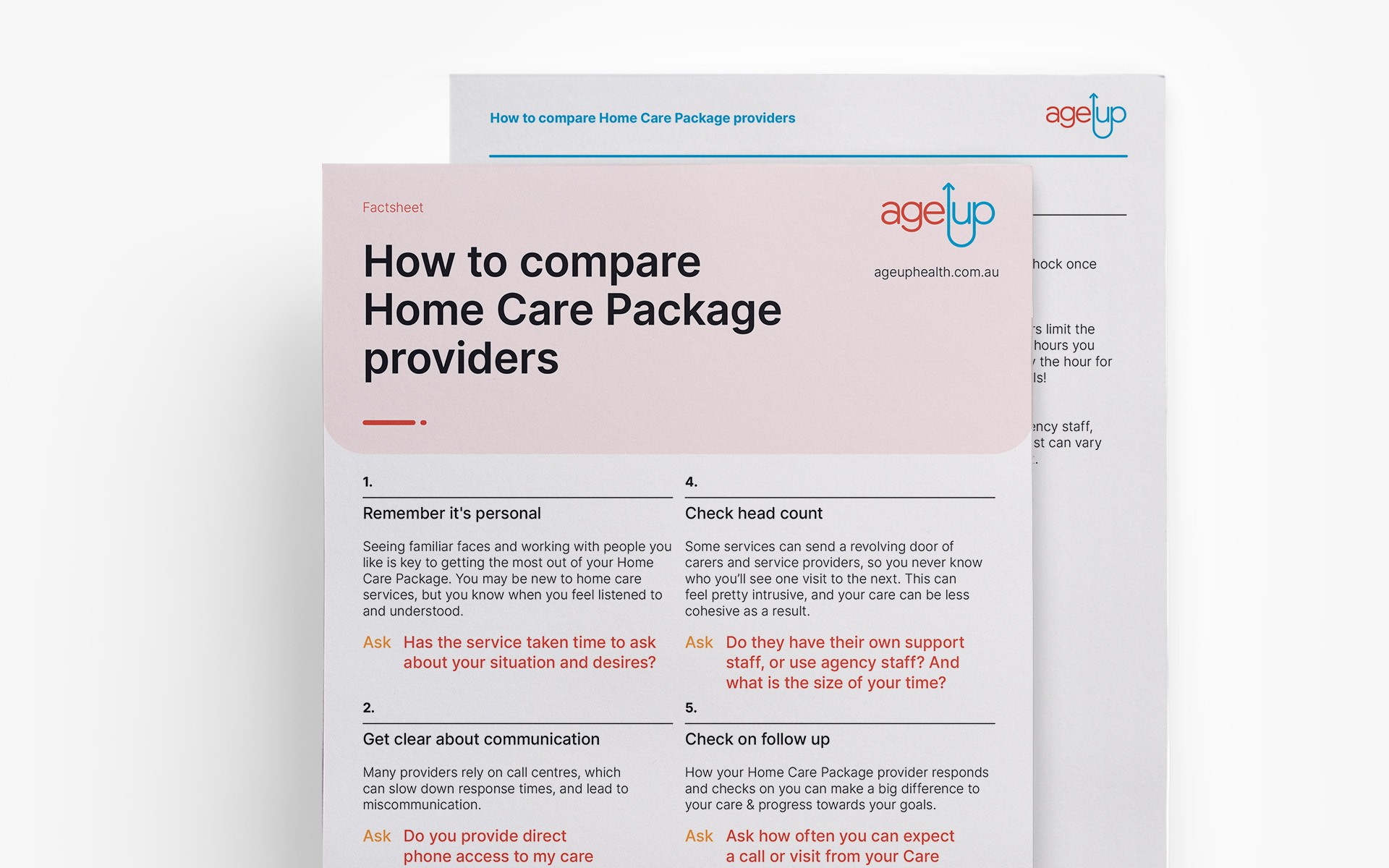
The factsheet is a great starting point to cover key topics, such as Communication, Your care team, Service quality, After hours support, Pricing and more
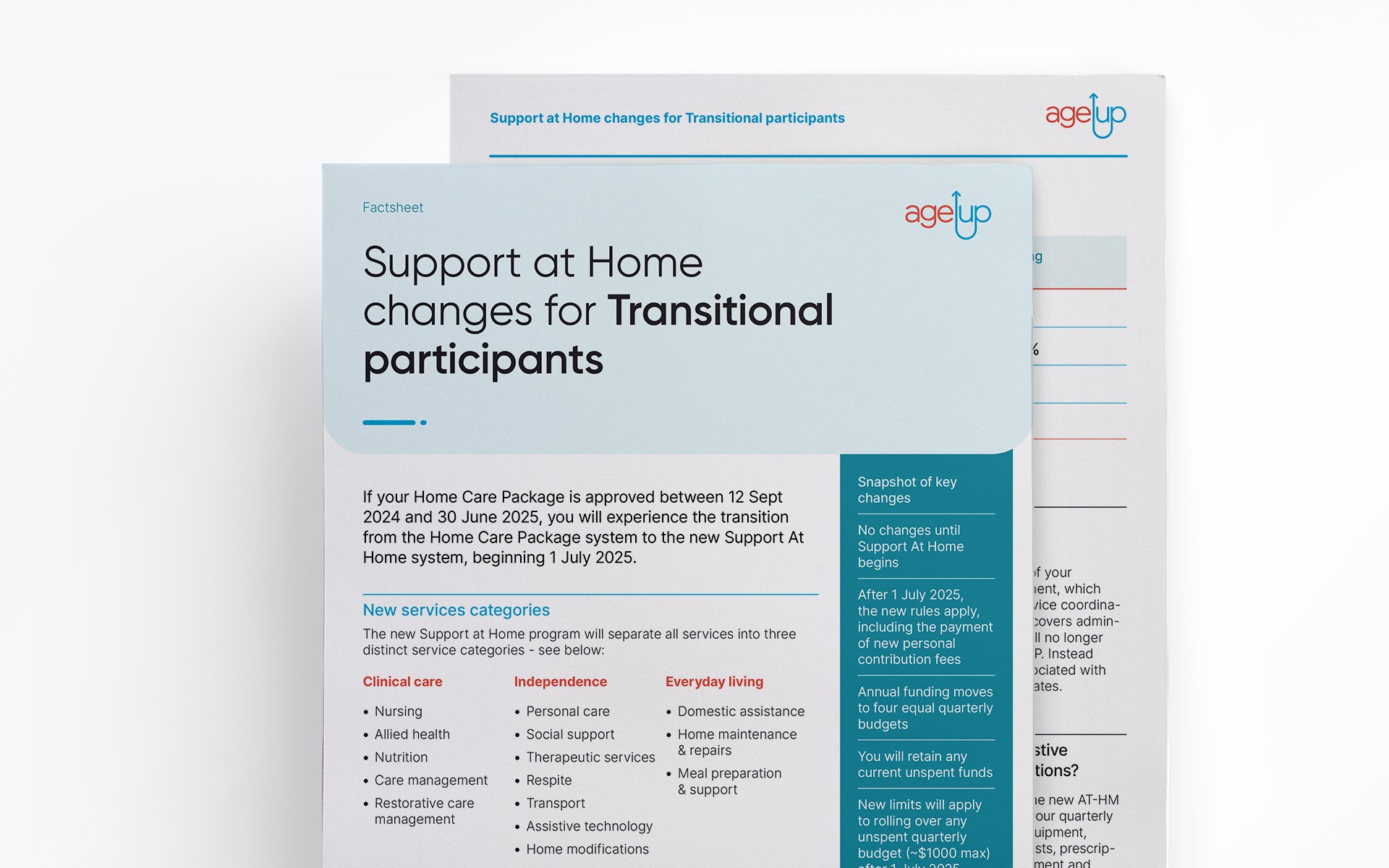
If approved for a Home Care Package between 12 Sept 2024 and 31 October 2025, you will experience the transition from the current system to the new Support At Home system, beginning 1 November 2025. Learn what's changing!

If approved for a Home Care Package prior to 12th of September 2024, you’ll automatically be moved to the new Support At Home system on 1 November 2025. Use this factsheet to discover what's new and changing!
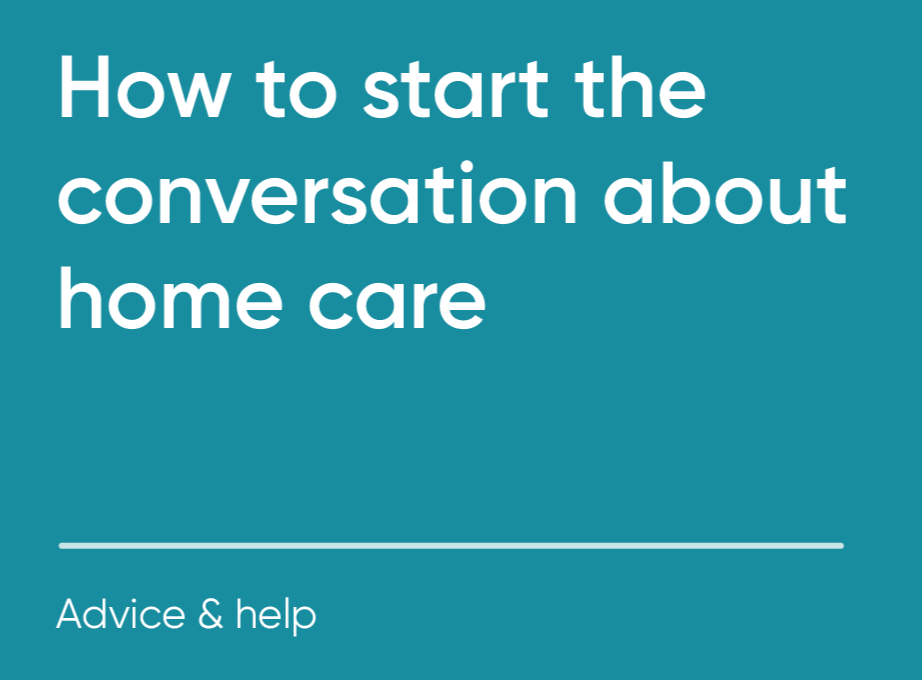
Starting the conversation about home care early can help extend independent living, improve overall wellbeing, and create a better living environment at home. Learn how to get started.

With the government still releasing details of what's to come, getting answers has been a challenge, but one thing is now clear: participants will receive more service hours for the same funding.
Contact us today to find out how we can support you and your loved ones.